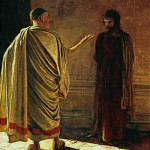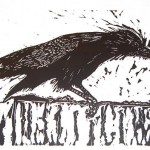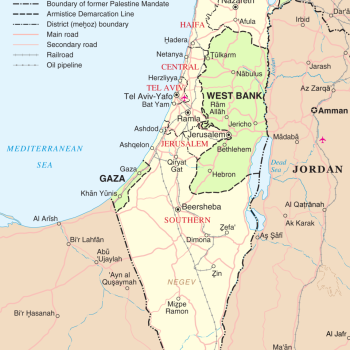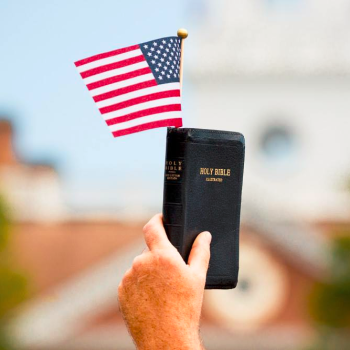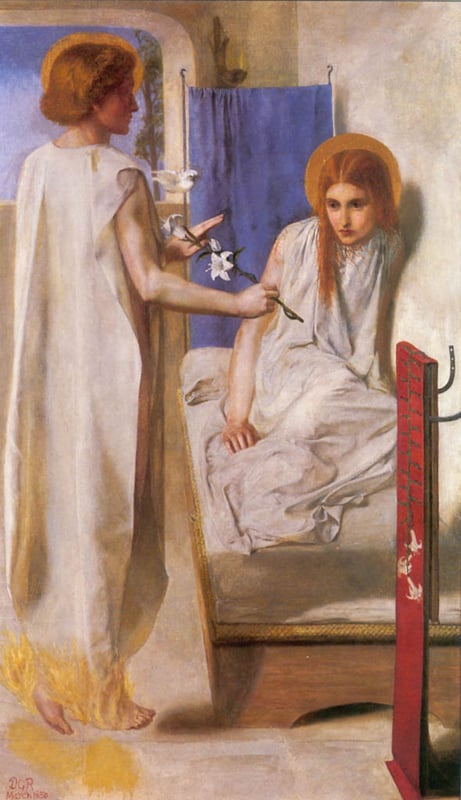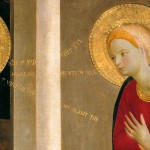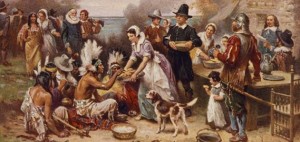 They came as indentured servants, short-term slaves. For eight years, all the Pilgrims produced would belong to Squire Weston, the owner of the Mayflower. The houses they built and the land they claimed, the timber they logged and the ships they filled with saleable goods, all were Weston’s.
They came as indentured servants, short-term slaves. For eight years, all the Pilgrims produced would belong to Squire Weston, the owner of the Mayflower. The houses they built and the land they claimed, the timber they logged and the ships they filled with saleable goods, all were Weston’s.
Eager for New World riches, and suspicious of the Pilgrims’ religion, Weston added an equal number to the Pilgrims, people who were Church of England. The Pilgrims discovered the others aboard ship. After the first winter, when more than half of the company died, the survivors married up quickly, bound by the work and destiny they shared.
The Pilgrims were refugees from England and Holland. In England they’d been tarred and feathered for their beliefs, shunned and refused work. The king and bishops hated their refusal of allegiance to the king, their refusal to serve in the army.
In Holland, where they spent twenty years and worshiped in freedom, they never learned the language well and so never got beyond bottom wage jobs in the lace factories. Their grown sons joined the Dutch king’s army for a living, and died in the Thirty Year’s War.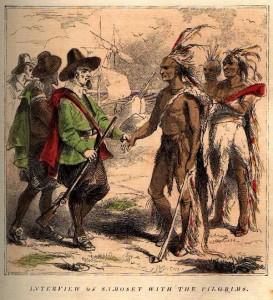
So the Pilgrims pooled their money and bought passage on the Mayflower. And they all might have died that first winter, were it not for Squanto, or Tisquantum, as Wampanoag speakers write his name.
Squanto had been taken by an English sea captain, who found him in the Natives’ summer fishing ground in Maine and brought him to England as a curiosity, for two years making money showing him off at public exhibitions. He’d learned passable English during that time. When he asked to go home, passage was arranged, but his ship went off course and was boarded by Spanish pirates, who took it to Hispaniola (now Haiti), where Squanto, weak from injuries and ill treatment by the Spanish, was bought by a priest, who took him home and nursed him.
The priest helped Squanto find a ship back to America. He made his way north to his old home, now Plimoth, where he found his tribe dead from fever, and newly arrived Pilgrims, on the verge of winter, without much food.
He heard their story and shared his. He knew what it was like to be a refugee. He also knew the cruelty of the English, and what their rifles could do. And most of all, he knew what it meant to receive kindness when he was helpless and in need. He may even have known the story of the Good Samaritan. At any rate, he became their Good Samaritan.
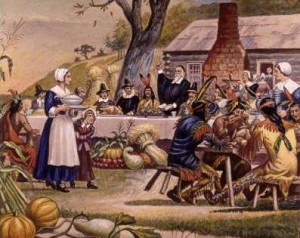 On the first Thanksgiving the company of Pilgrims, who numbered 57, hosted 93 Wampanoag braves for three days. The braves brought five deer. The Pilgrims offered turkey, duck, meat pies, shrimp, lobsters, and vegetables they had grown with Squanto’s help. Between feasts there were rope pulls, footraces, and demonstrations of arrow and rifle shooting. And pumpkin pies.
On the first Thanksgiving the company of Pilgrims, who numbered 57, hosted 93 Wampanoag braves for three days. The braves brought five deer. The Pilgrims offered turkey, duck, meat pies, shrimp, lobsters, and vegetables they had grown with Squanto’s help. Between feasts there were rope pulls, footraces, and demonstrations of arrow and rifle shooting. And pumpkin pies.
Thanksgiving, to the Pilgrims, was a Feast of honor for the whole year that had been: the hell of it and the heaven, the grief in it and the gladness, the presence of God in it, and the gift of having lived until this Thankful Day. It was not about family, or seeing relations once a year, or picking one thing each to give thanks for. Thanksgiving was, and is, the Refugees’ Table, a rejoicing in all of life’s days as a blessing from God.
_____________________________________________________________________________________________
Illustrations:
1. Pilgrims’ Progress. Image from Smithsonian Magazine.
2. Interview of Samoset with the Pilgrims. Book engraving, 1853. Image from Enwikipedia.org.
3. Pilgrims’ Dinner. Image from Open Websites, University of Texas.
For More Information about the Pilgrims and their Thanksgiving, I recommend two books: William Brewster’s Journal, and Mort’s Relation, the journal of Samuel Morton, of the colony.

